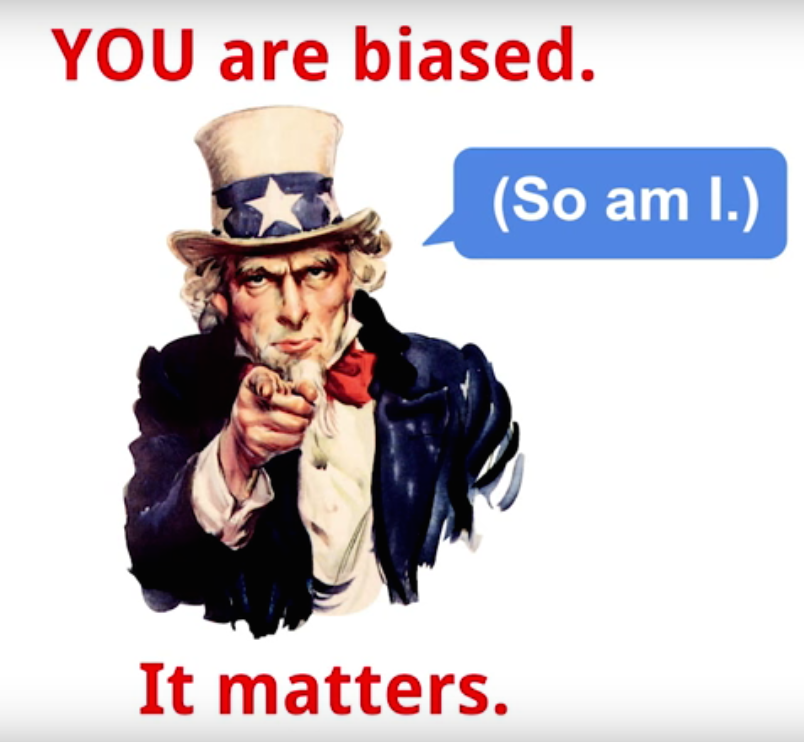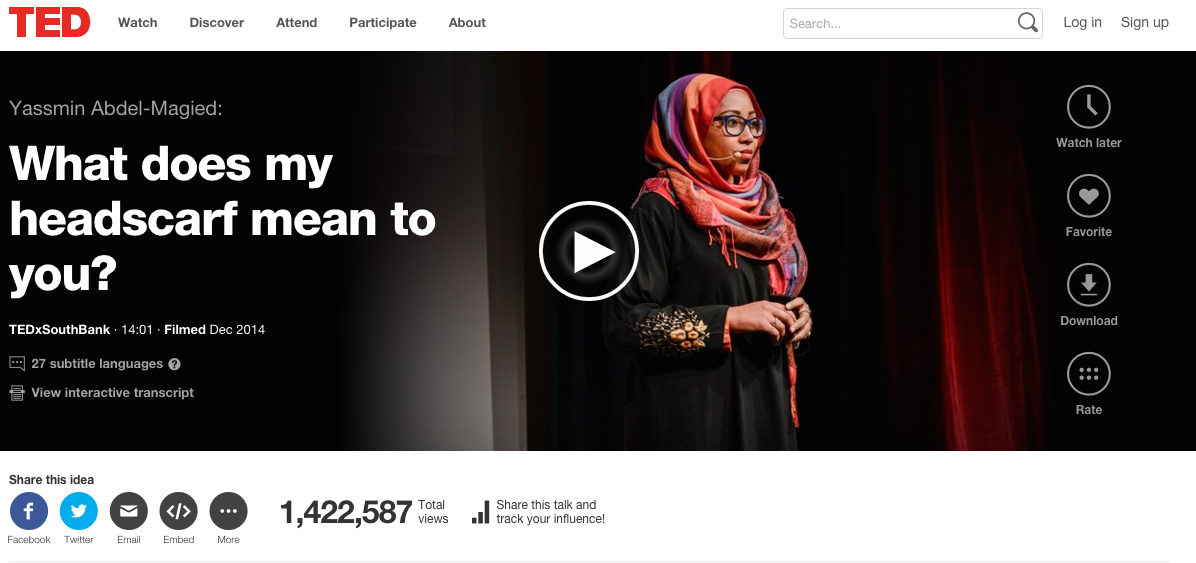How unconscious biases are driving us
A man and his son are in a car accident. The man passes away. The son is brough to the hospital. When he gets into the surgical ward, the surgeon shouts: This is my son!
Who is the surgeon?
Close your eyes for 5 seconds and try to find the answer.
The surgeon is the boy’s mother.
Had you found out? I hadn’t.
And for me, that was when I realized how deeply engrained our stereotypes are. No matter how feminist I could be, my first thought was not to think that the surgeon could actually be a woman.
In this brilliant talk, Yassmin Abdel-Magied shows how we are all much more biased than we think. Assessing unconsciously our interlocutors according to our suppositions.
What is your first thought about a woman wearing hijab? Would you imagine her as running a team of men on an oil platform at sea?
Yassmin thus challenges us to work on our stereotypes and to mentor a person from a different background in order to break that vicious cycle.
The topic of unconscious bias is now more than ever a hot one.
Because it partly explains why our companies, governements, media are still overwhelmingly run by white middle-aged men.
When Google had to release their diversity data, they were ashamed to acknowldege that their staff was at 69% male and 60% white. Same for Apple. And Twitter.
Here is the data from Apple in 2015 for example:
Yet many studies proved that diversity is good for the bottom line. A recent study from Mac Kinsey, Diversity matters, showed that more diverse companies are more efficient, come up with more innovative ideas and connect better with the end consumers.
But a lot of work still needs to be done. Google thus engaged in an intensive row of diversity and inclusion workshops in order to make their staff more aware of the existing biases.
Just have a look at the Yale study where 2 sets of identical curriculum were sent to research heads, ones named John and the others named Jennifer. Both men and women rated better the John’s CVs than the Jennifer’ ones.
The good news is: we can reprogram our brains.
First, by making a conscious effort to be aware of our biases.
By assessing and measuring the current situation as the Open Diversity Data project is.
By learning about the best practices in the field.
By holding yourself accountable, questioning your first impressions, justifying your decisions, asking for feedback.
And finally by holding others accountable, creating a culture calling out biases, making others justify their decisions, making decisions collectively.
If you want to have get more information on diversity best practices, here is our slideshare presentation.
Uncategorized


